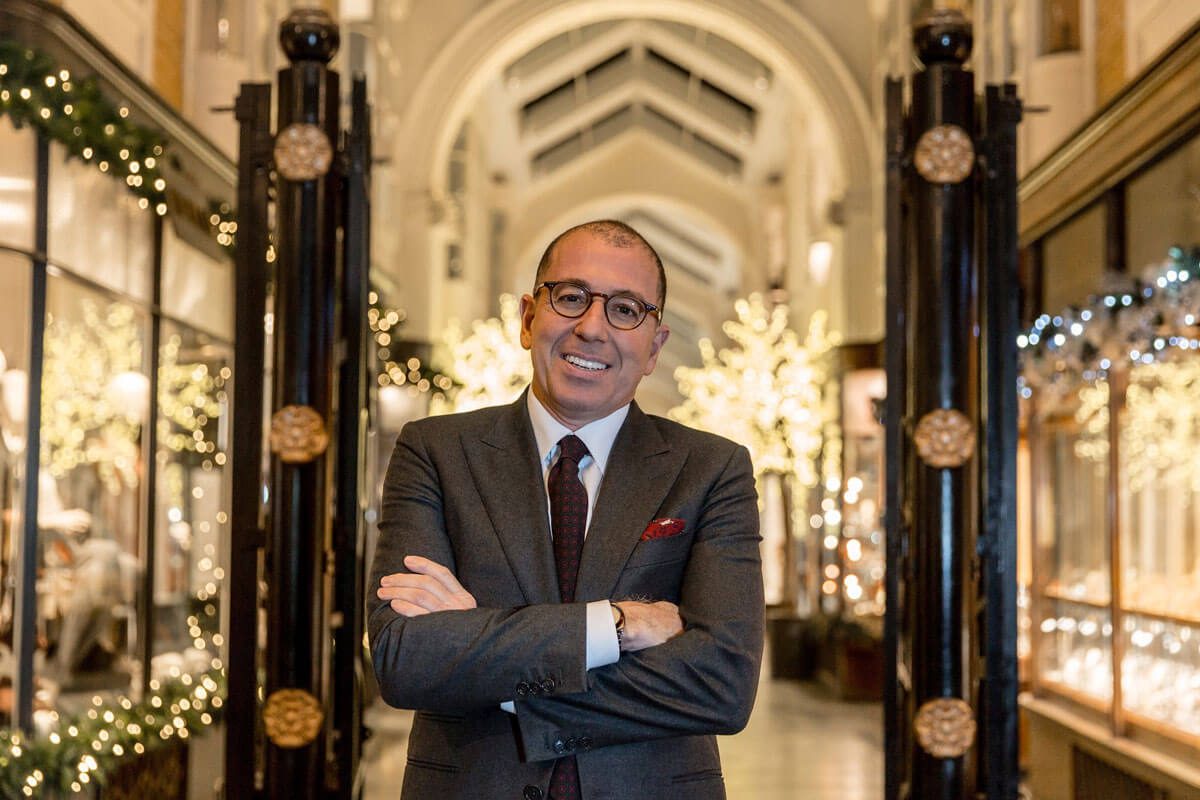
Joe Sitt, President and CEO of Thor Equities
Joseph Sitt, President and CEO of Thor Equities, sits atop a luxury property, retail and advisory empire that straddles the western hemisphere. His company owns and develops prime retail property throughout the US, as well as Latin America and Europe. The portfolio and development pipeline of the New York-based company, which he founded in 1986, is in excess of US $18bn.
He is also known as something of a luxury visionary: unlike many property companies, his firms (he also runs Thor Retail Advisors, a leading retail agent and consultant; and others) work closely with fashion and luxury brands to ‘place make’, transforming the areas they are based in. Like LUX, he also believes in mixing high luxury with creative emerging brands to create an atmosphere of discovery as well as indulgence. LUX Editor-in-Chief Darius Sanai caught up with Sitt on one of his whirlwind visits to London about the rise of LA, Mexico, and the future of luxury retail.
LUX: Tell me about the rise of LA as a destination.
Joe Sitt: There is physically no more room in San Francisco for office space and for homes, for rental buildings and retail. So, much of that industry is migrating to LA because it’s also on the coast and it’s got better weather. It’s also got more culture and things happening, so there is a lot of migration there, and a lot of wealth being created in LA. And you are getting a lot of second home owners (from the San Francisco area) who are buying in LA.
Between the businesses migrating their technology and the second home owners there, the revitalisation and reactivation in LA is tremendous. You can see also that new restaurants are incredibly successful. And it’s not just coming into LA proper. It’s also coming from down below for example into Santa Monica and Venice Beach. You have tech companies like Snapchat whose headquarters are based over there.
The other aspect of it is the creative industries in LA. Some real fashion is coming out of there for the first time in quite a while. Secondly, the movie industry. For the first time the movie making business is a real profitable business for film makers, writers – salaries are going up tremendously for all of them and for anybody affiliated with the industry.
The tech industry has so much wealth and power and it has the “funny money”, because their stock prices are so high; for example the FANGs – Facebook, Amazon, Netflix and Google – their stock prices are so high that they are throwing money very aggressively at almost anything. And that is crossing with the fact that the biggest thing that all of those tech companies need, and that they don’t have the ability to do within their tech shops, is actually content.
So now what you have is, if someone is making movies in LA you actually have a shot at a bidding war between Amazon, Netflix, etc. Even Snapchat have announced that they want to be buying and delivering content. That’s creating a really exciting time for the LA market for the people in all forms of the creative industry. A combination of wealth and creatives.
LUX: And in parallel the visual arts has revived there in the last 10 years.
Joe Sitt: Yes. For example, my friends at the [Helly] Nahmad gallery, who are the largest owners of Picassos in the world, now see how many people are coming from the West Coast to consume their products in New York. So they are opening their third outpost: they’ve got London, New York and are now looking to the West Coast. You’ve got [Larry] Gagosian who’s got his New York Gallery, he sees where the zip codes are where he’s shipping his product to. So while people are opening up shop in San Francisco, to get to the wealth proper a lot of them are really looking to the arts district in LA.
Read next: Japanese restaurant, Sake No Hana brings blossoms to Europe
LUX: Do you see the emergence, despite Donald Trump, of LA and Mexico emerging as one entwined retail and luxury zone?
Joe Sitt: Very much so. I look at Mexico as a big new frontier in luxury fashion. A tremendous amount of wealth has been created in that country. In terms of those people who think that Donald Trump’s policies are going to hurt Mexico…I will throw you a curveball and show you how he’s actually getting the opposite result from what people think would happen and perhaps what he intended. I will give you two examples.
One, is in terms of the border in terms of trade as well as in in terms of immigration and how they actually play out. Sometimes when you shoot a bullet when it comes to policy you don’t know who the victim is going to be. The trade announcement forced a tremendous amount of devaluation in the Mexican Peso. The Peso went from around ten pesos to the dollar ten years ago to twenty two recently; so about half. The net result of doing that was making Mexico as a country and as an exporter more competitive.
As a result of making them more competitive from their currency it increased America’s trade deficit with Mexico dramatically over the last quarter. The opposite of what everyone expected to happen in that first quarter. The second thing that occurred with regard to the second policy, immigration, also had an unintended consequence; which is as a result of being tighter on the border for immigration, US companies have started to create tech centres in Mexico. In Guadalajara, and in Tijuana for those companies in San Diego who just want to be able to cross the border and travel 45 minutes to their foreign teams.
So now you’ve seen an incredible resurgence of business and activity in both Guadalajara and Tijuana in Mexico for the tech industry as a result of those tough policies. It’s a place so close to the United States and you can house all of the greatest foreign minds in the world.
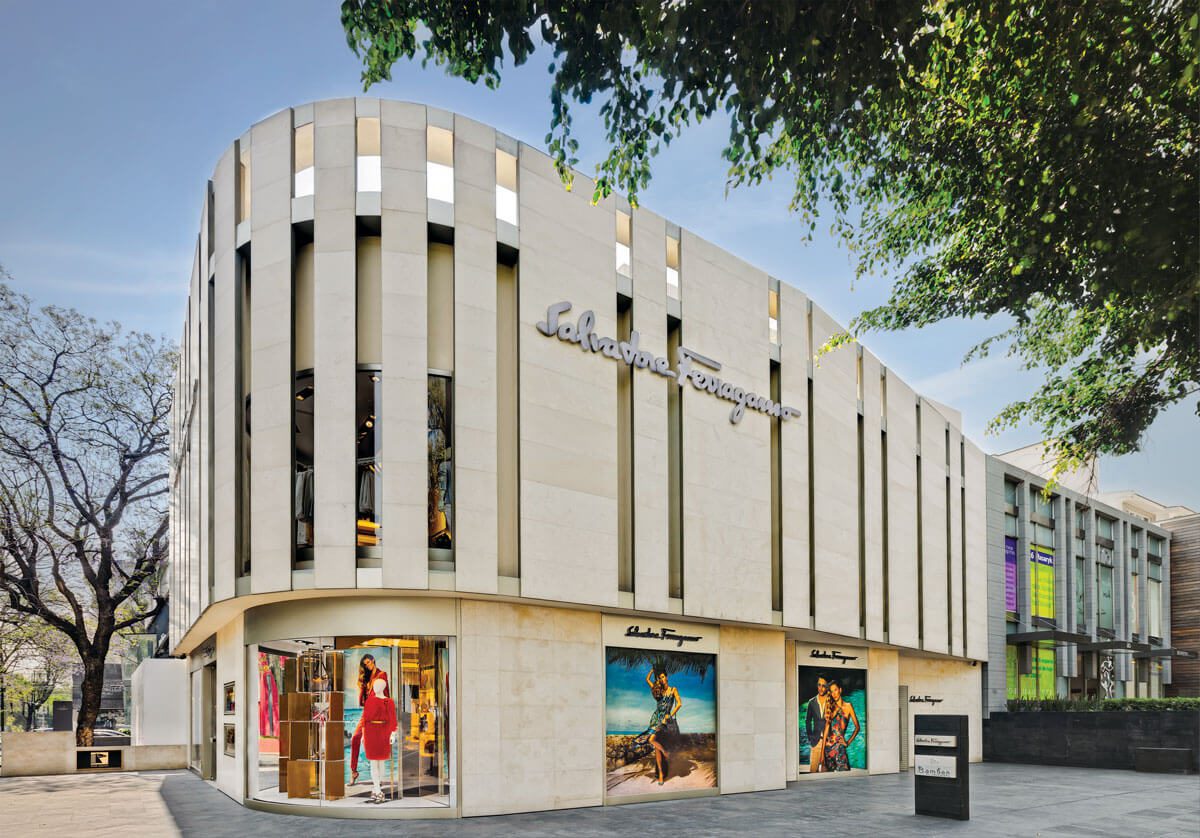
The Ferragamo store on Masaryk street in Mexico City
LUX: Mexico has been seen as an outlier in terms of luxury retail.
Joe Sitt: It takes time for a market to react to some of things I’ve mentioned. It’s now waking up. I feel that the entire luxury market has been sleeping at the wheel regarding the Mexico opportunity. And so now they are just waking up to it. Those who are waking up to it are finding success in the market place. But it takes time for them to mobilise.
LUX: Can you tell us your vision for what you’re doing there, because it’s a long term play.
Joe Sitt: We are attacking it from multiple prongs. One of course is just bringing luxury retail there, and creating a platform for it to come to, for the first time. We sparked the revitalisation a street called Masaryk and in an area called Polanco, in the heart of Mexico City. In the old days it was an Upper East Side kind of marketplace that was starting to become abandoned and is now revitalised.
LUX: And is that now going to be the Rue St Honoré of Mexico?
Joe Sitt: Yes exactly right. You’re starting to see it. Hermès, Ferragamo, Gucci and Goyard just opened there. So you’ve got some great brands already.
LUX: Was this through you?
Joe Sitt: We were the spark that brought it all together.
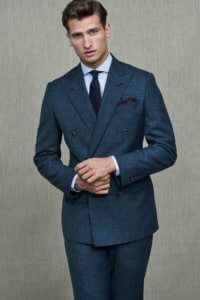
Thom Sweeney SS17
LUX: Integrating investment in emerging fashion brands and developing districts seems pretty for a property company. What’s behind it?
Joe Sitt: Candidly, it’s more of a passion. Yes, there are financial benefits of being on the ground floor of some of the most exciting brands and investing with them or representing and aiding them. Yes, there will be financial reward, probably in years to come when a Thom Sweeney explodes and goes next level or a Drakes or an Edward Green or a Maison Bonnet. But for me, more than anything else, at this stage in my career I am looking for things that I enjoy personally. And I enjoy young and exciting luxury brands and helping them achieve their potential. I get my personal thrill vicariously through their success.
Read next: Labassa Wolfe on the contemporary tailoring experience
LUX: Is your ideal scenario that they grow up to be the next Moynat, Vuitton, Hermès?
Joe Sitt: In some cases yes, in some cases no. For some, Maison Bonnet, the eyeglasses company, we are going to help them make the move from Paris’s first and only little artisan shop to executing in London. It’s about growing the business but not necessarily overgrowth or creating a Goliath.
LUX: And is the long term that you are buying, building and selling them?
Joe Sitt: I have to be careful in terms of conflict so I can’t say which ones I invest in. Other than to say when I do make investments in them I am focused on very very long term. It’s not to buy and sell. It will go wherever the visionary wants to take it, who’s owning the business, will we ride with this vision. In terms of our advisory business, our goal for these companies is to help them reach whatever their potential is, or is meant to be. Some of them it’s meant to be a very large business, some of them it’s not. We do the same thing with tech related businesses. I mentioned Warby Parker [an eyewear company], we were with them from the start, opening all of their first locations. Helping them understand the challenges of physical retailing versus internet retailing.
LUX: You are a property person. But is retail moving online?
Joe Sitt: There will be challenges in terms of distribution for people to buy things online for many years to come. And buying direct is not a new invention. We had catalogue prior, it was just a different medium for doing it. Someone would get the catalogue to their house and then they would order by telephone; or later order through emaiI. I look at online as another modem to deliver a product to a consumer. When it comes to commodities, it’s easy enough push a button and buy it on the internet. But does the internet mean that Nike should not open up more stores? We’ve found the opposite. I worked with Nike in New York, myself and a partner, for the first flagship store in Soho on the corner of Spring Street and Broadway. They are doing two incredible flagships that are costing them mega millions of dollars to build. Why are they doing that in the year 2017 with all the talk of tech and internet sales? Because they realise for a brand, it works arm in arm. People want the experience of a brand. The same way people are talking about restaurants and experience and enjoying that aspect of it, it’s the same thing when it comes to a brand. I want to go to Nike and not just see pictures on the internet. I want to touch the product, I want to try it on I want to interact with it.
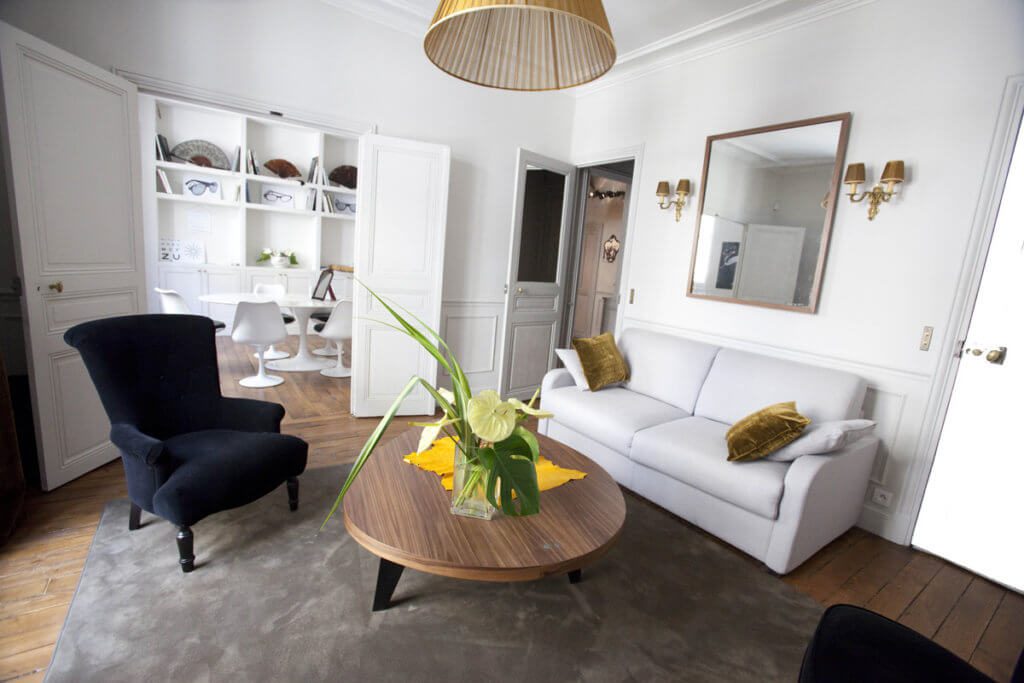
Maison Bonnet’s Palais Royal Salon in Paris. Image by JYLSC
LUX: You have done some transformative retail schemes over the years. What are the challenges when you have an area like this that has got great potential but you need to change things? Do you get resistance?
Joe Sitt: There is always resistance. I always say that the secret to knowing when a project is going to be great is the greater amount of resistance. We enjoy both. We like doing things in established high profile tourist destinations as well as cool emerging areas like Wynwood in Miami, Venice Beach in California, and all of these creative markets all over the world that we think need and deserve luxury exposure as well.
Read next: Luxury in the foothills of the Himalayas
LUX: Do you think that monolithic luxury malls as are opening in China and elsewhere, where everything is a luxury brand and nothing else, will change? Will people want more of a mix in there?
Joe Sitt: Yes. That’s boring. Even if it’s great luxury brands it’s not what the consumer wants. As a consumer it gets more and more sophisticated. You see that in their taste they want something that is more eclectic.
LUX: A bit of discovery?
Joe Sitt: Yes. It could be restaurant discoveries, specialty shops, boutiques, perfumeries, candle shops etc. Intermixed with the luxury brands and that’s what creates the most successful environment for a luxury brand.
LUX: What’s the most exciting area of luxury and fashion for you?
Joe Sitt: Menswear is so exciting, much more exciting than womenswear, still very much an untapped market, with brands we’ve referred to today, Thom Sweeney for example, in years to come that could explode. I think that food, F&B, restaurants etc. have tremendous potential. Look at a market like London, if you were here 15 years ago the restaurant scene was horrific. It’s come along light years. I think other markets are going to expand to a much greater degree.
Last, but certainly not least is destination. I think people are remaking what the word ‘resort’ is, as hospitality and a destination. I think people are stating to get really creative. People crave creative.
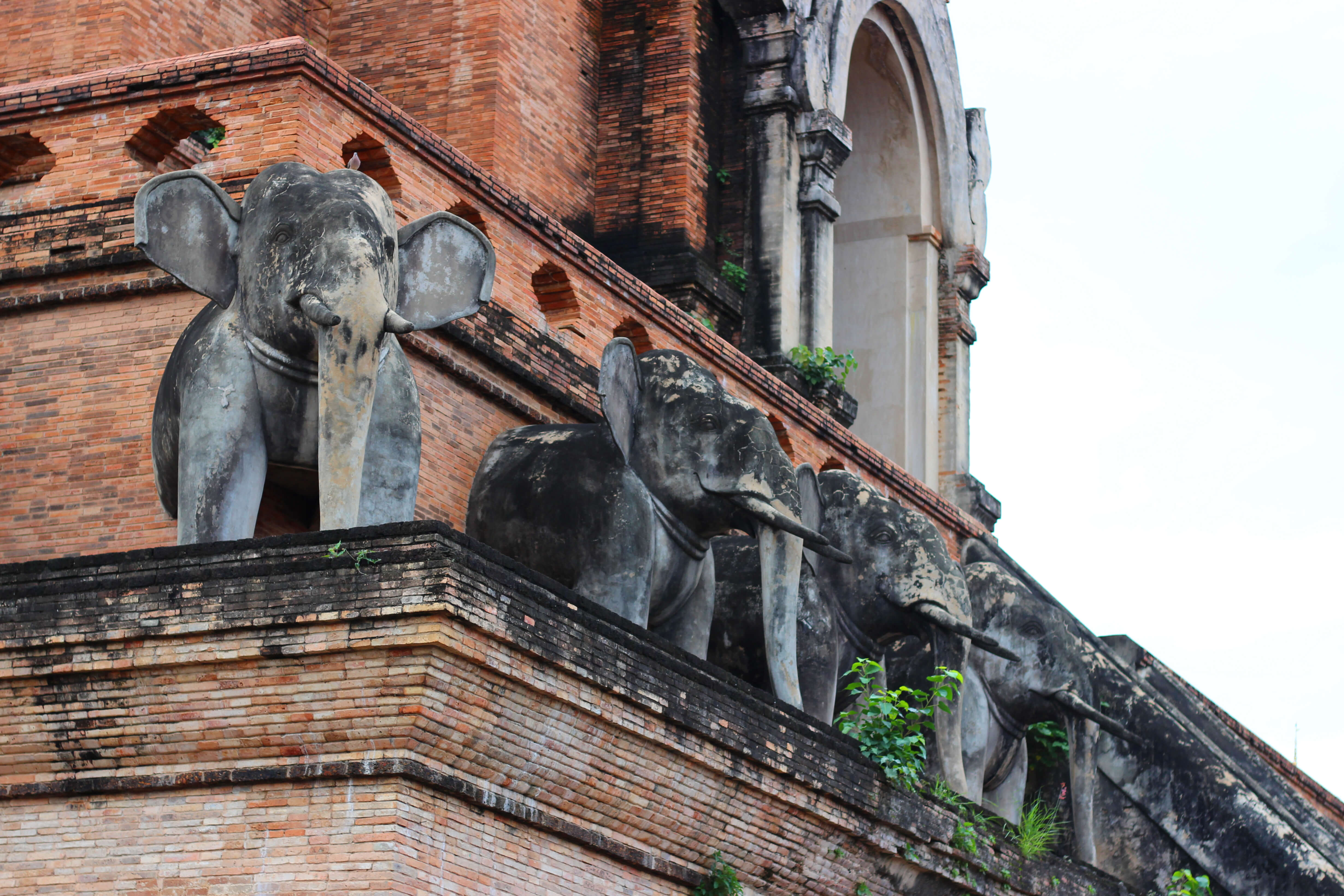
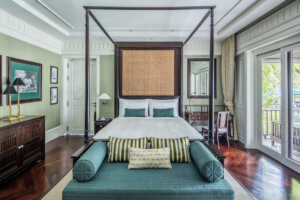
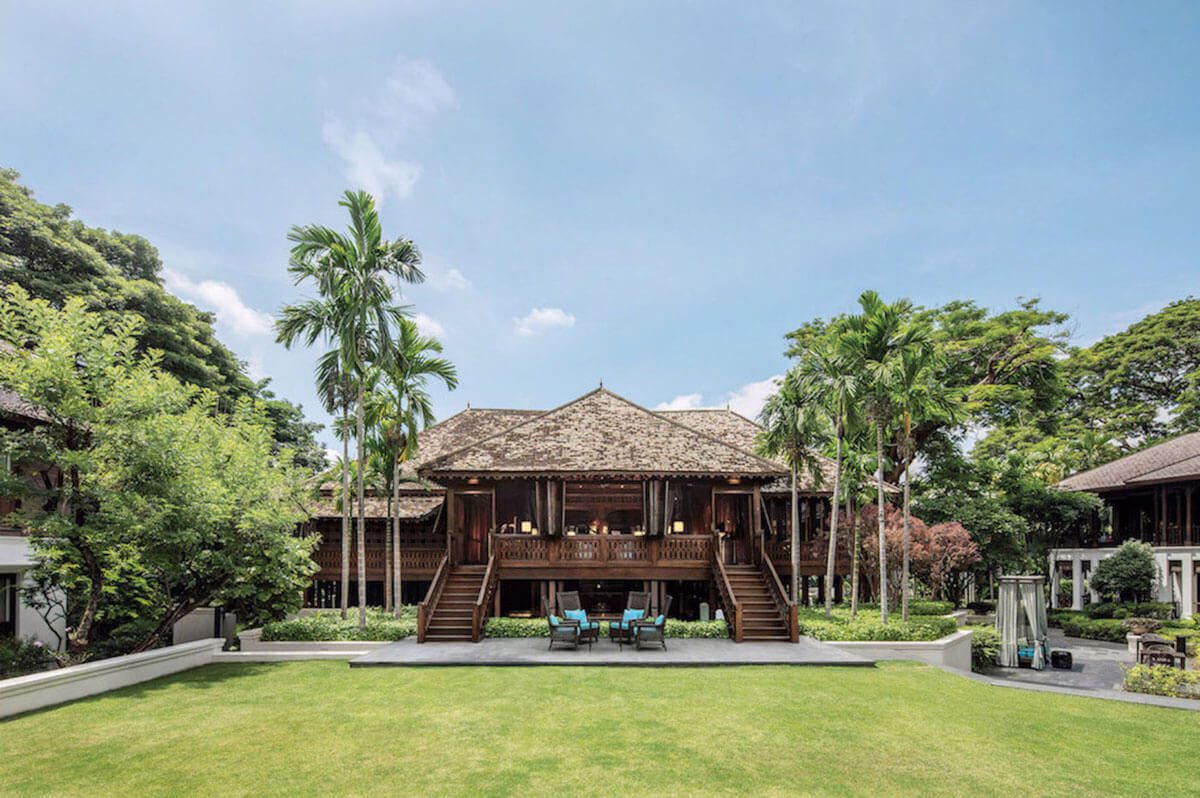
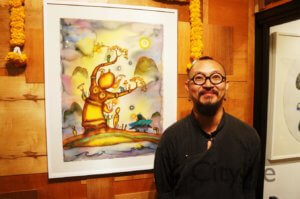
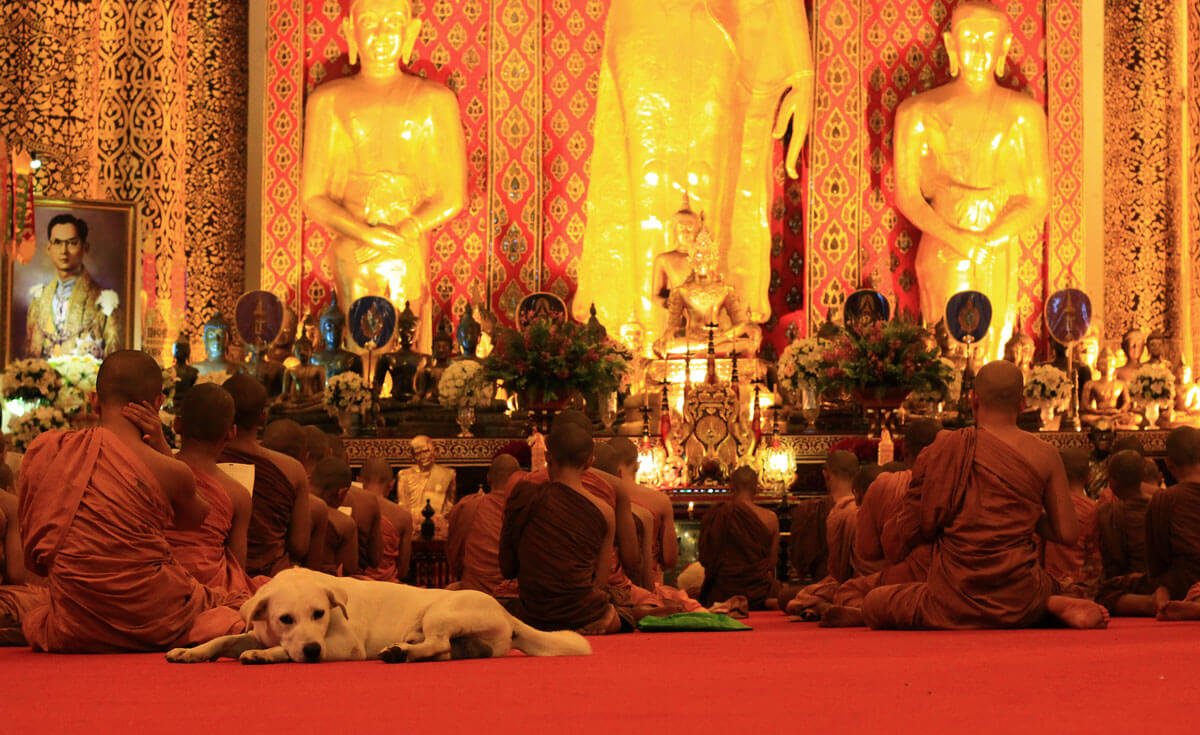




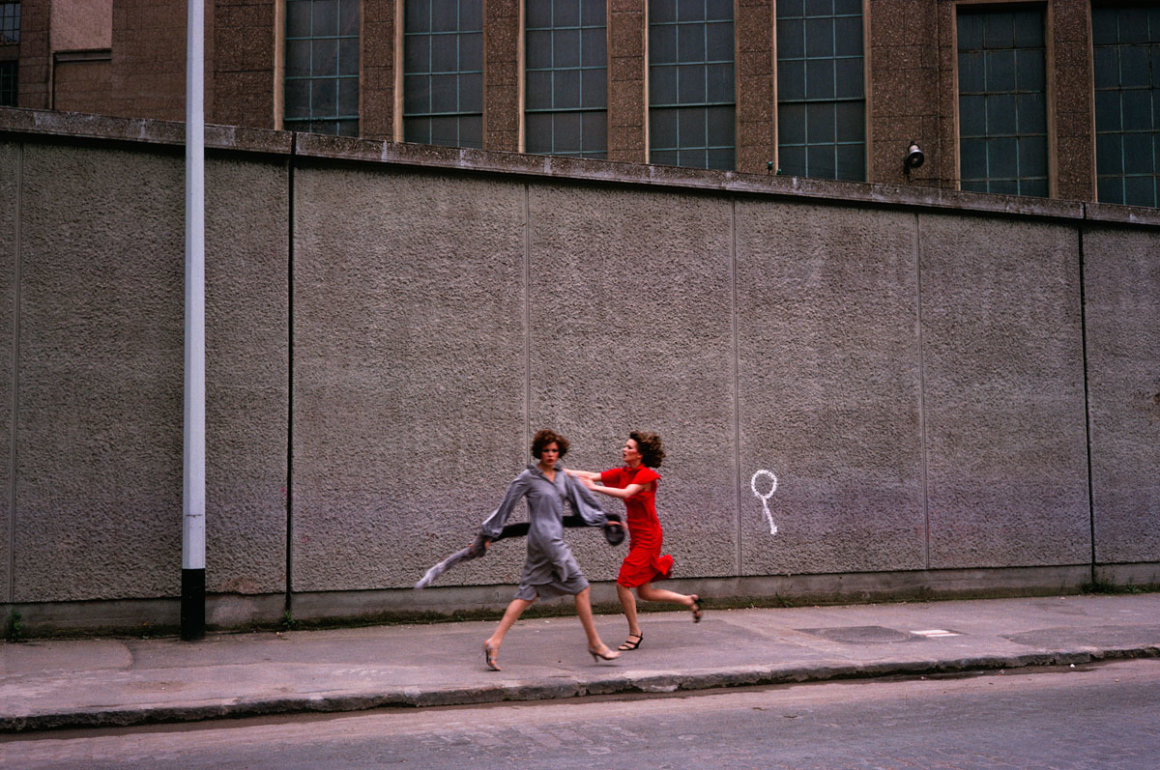
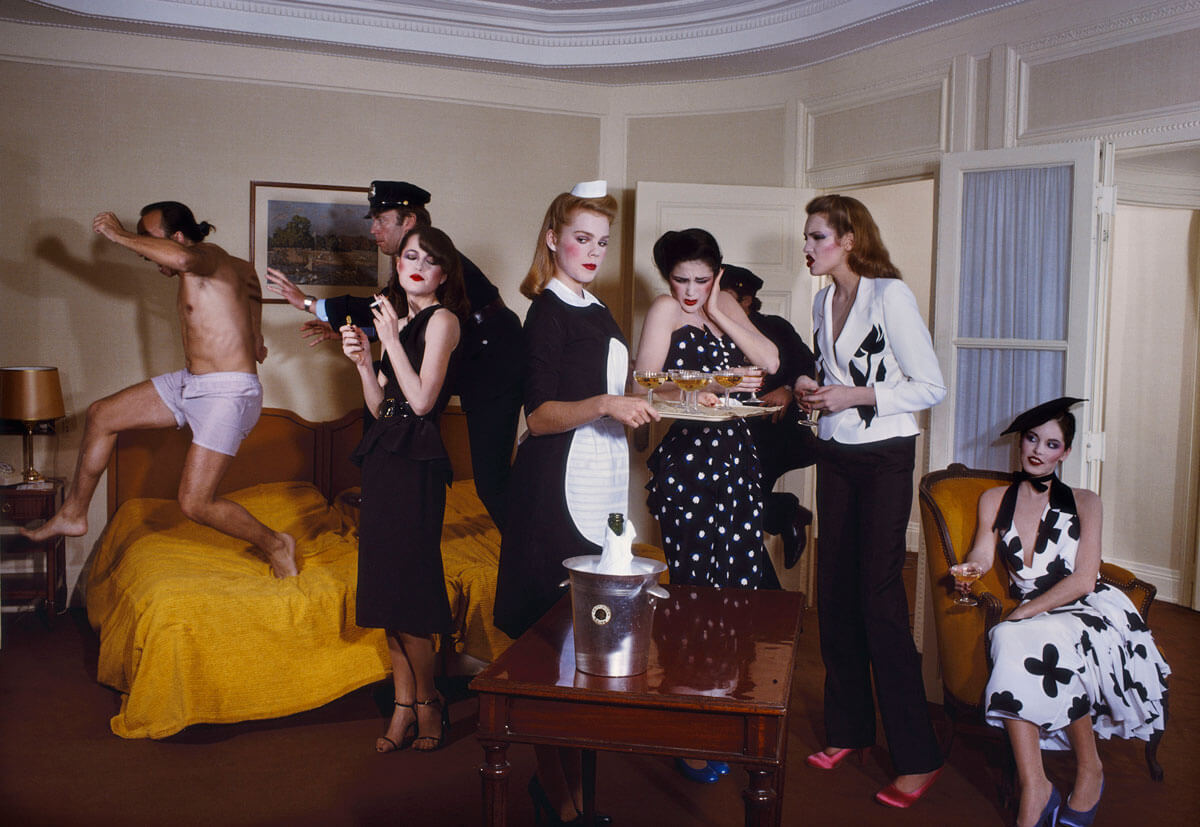
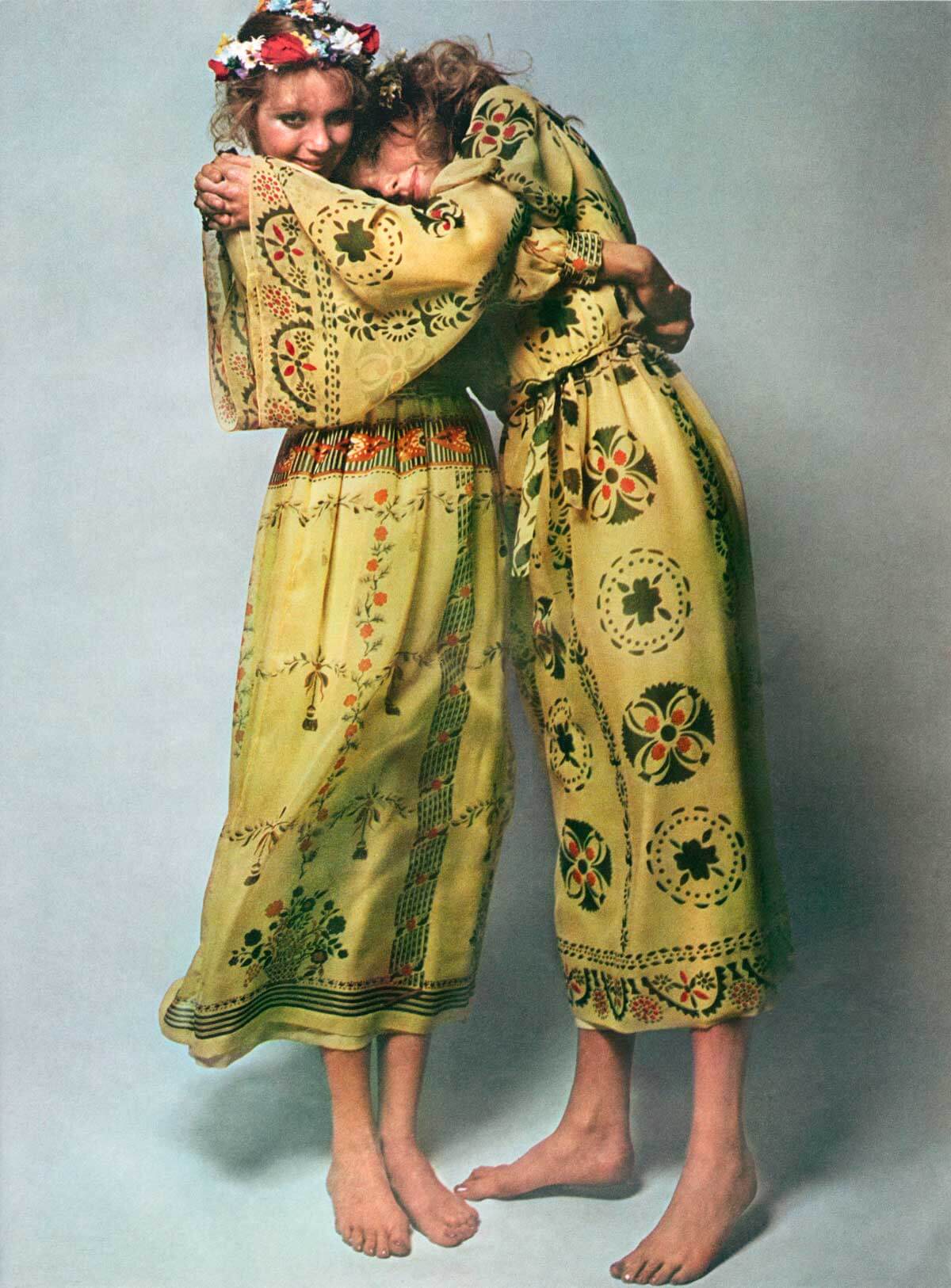
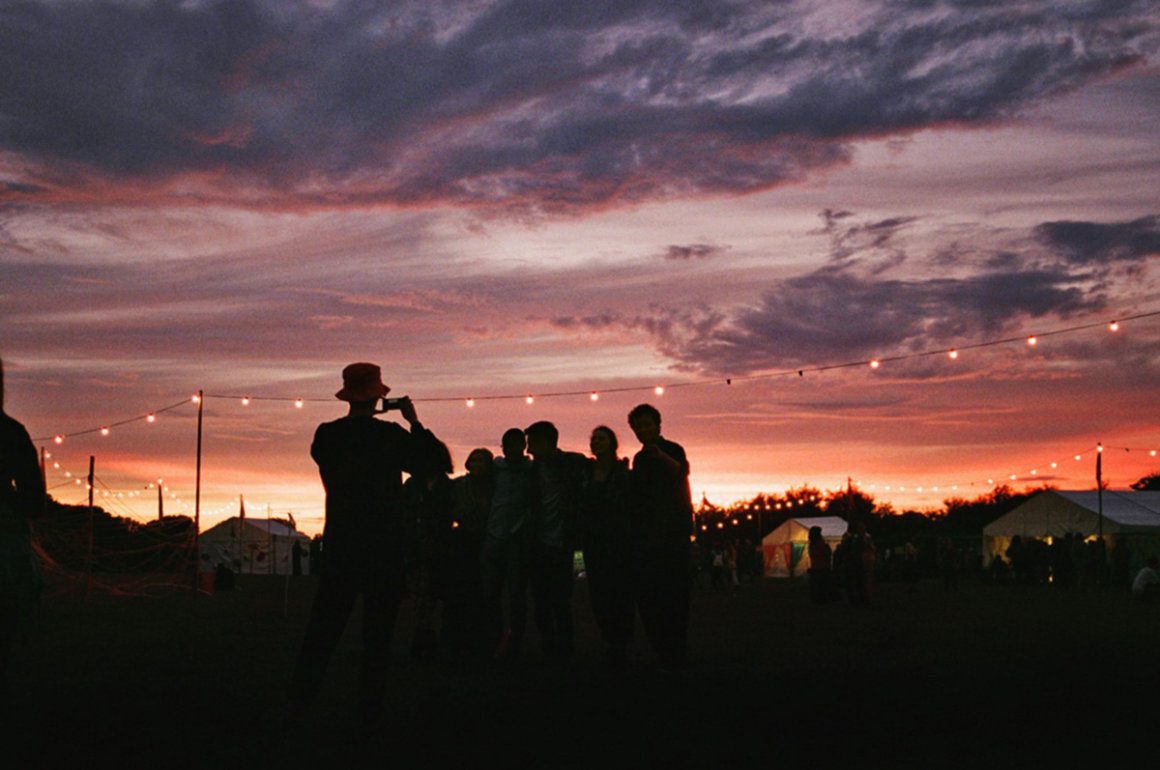
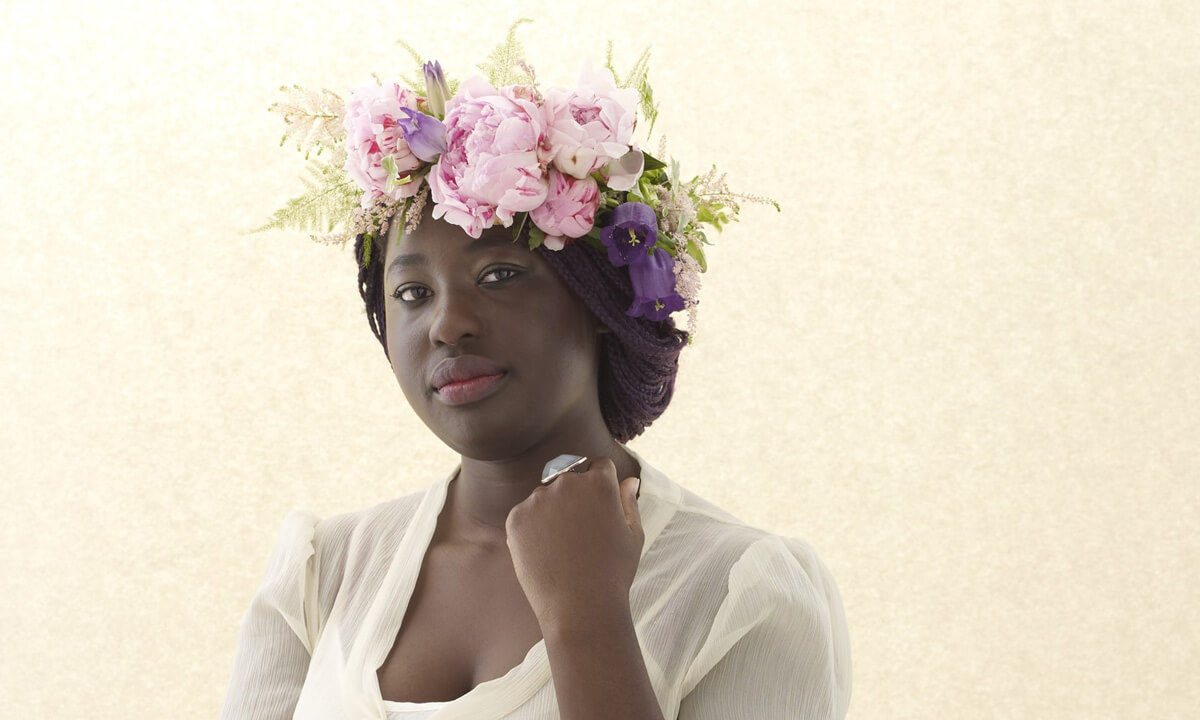
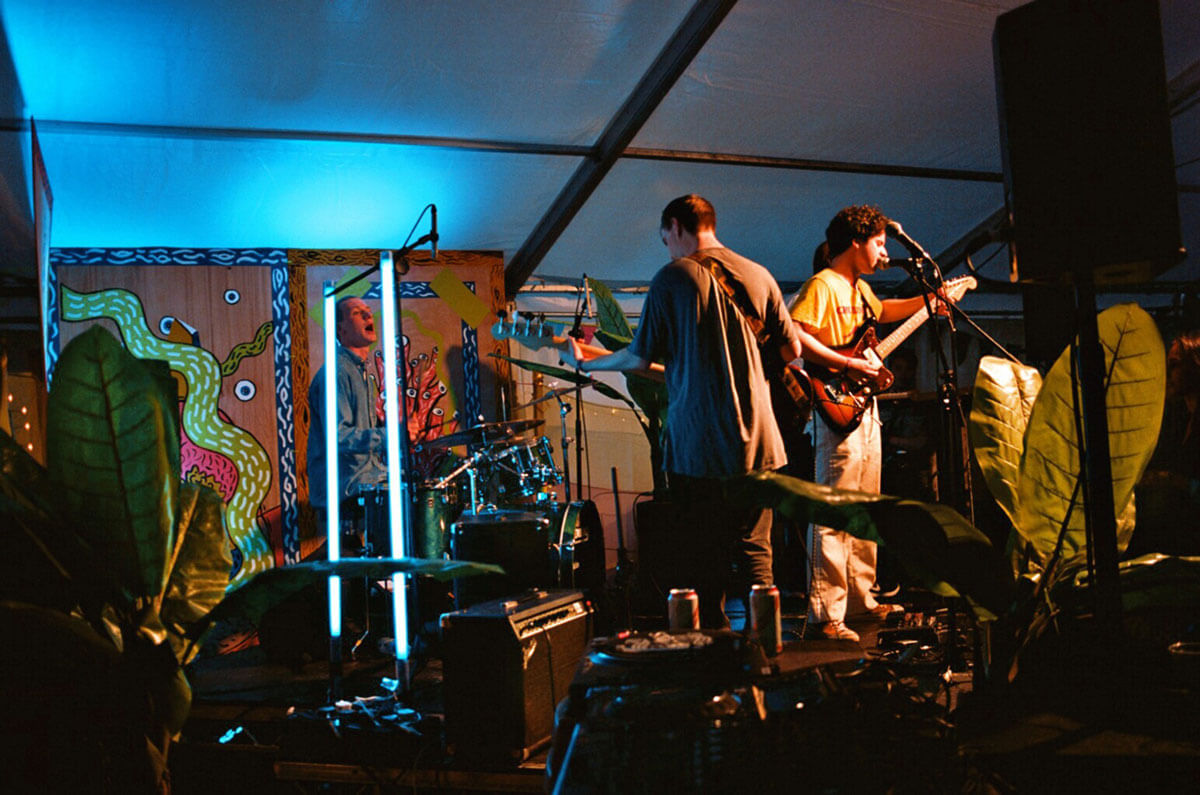
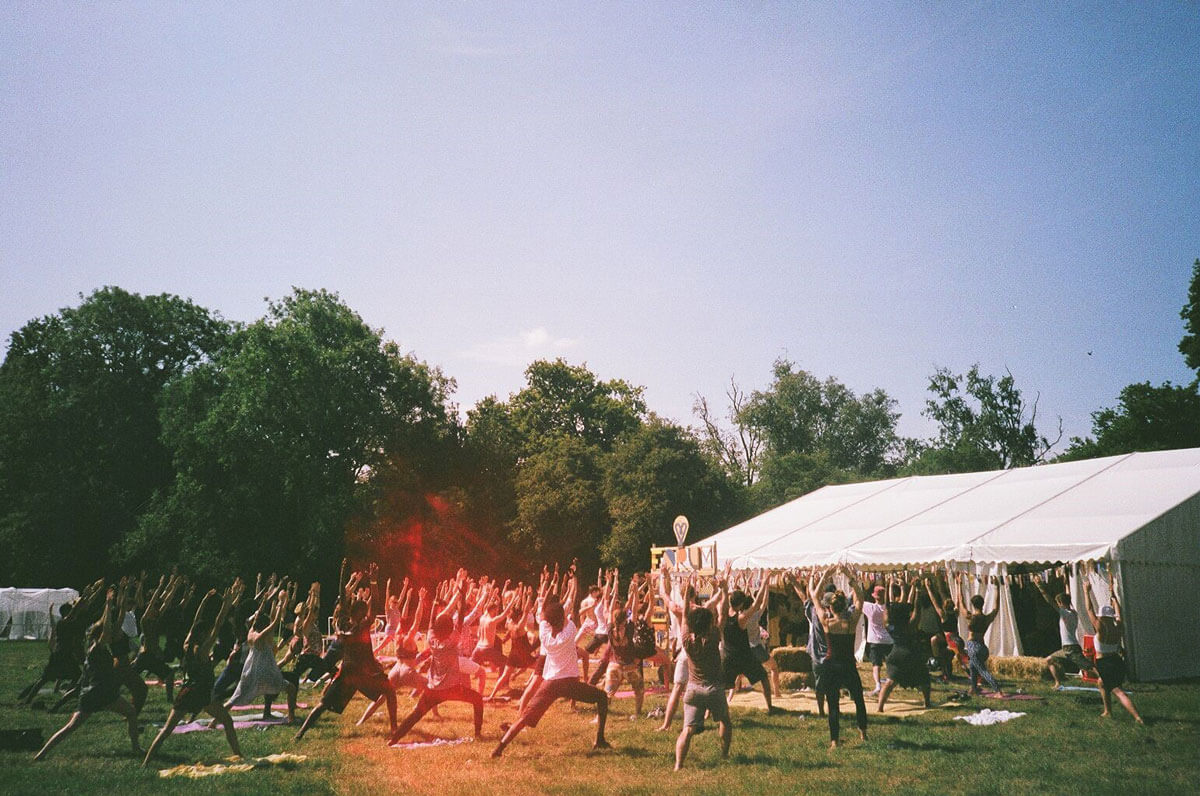
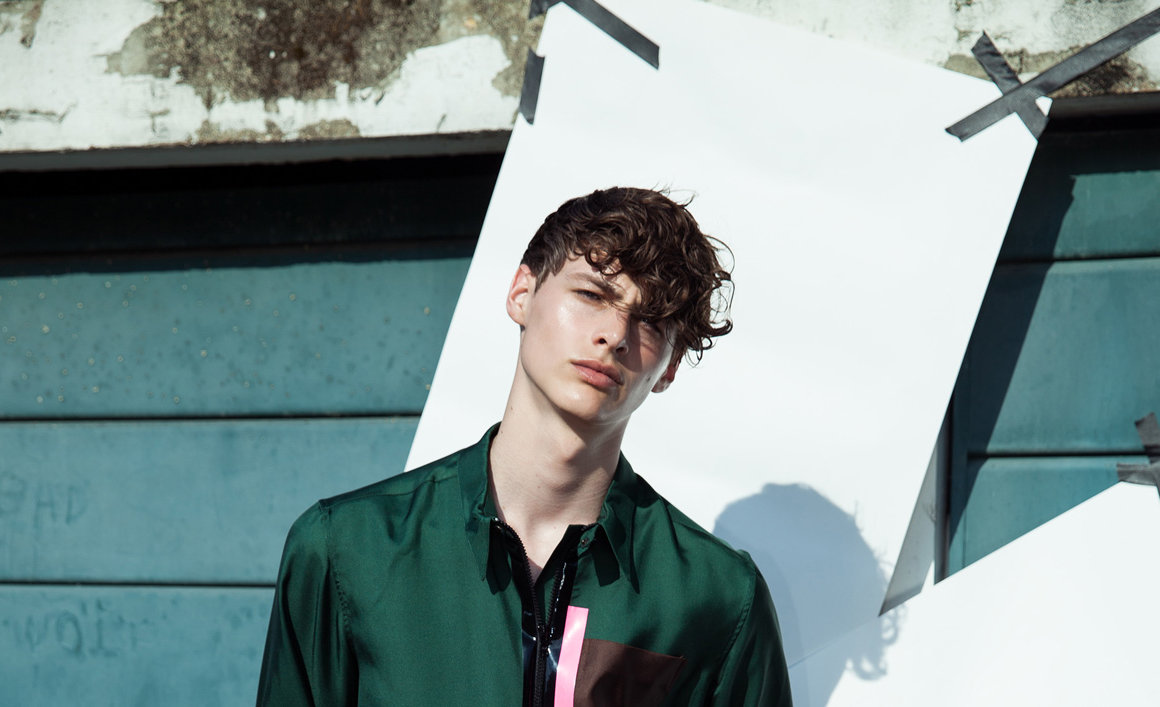

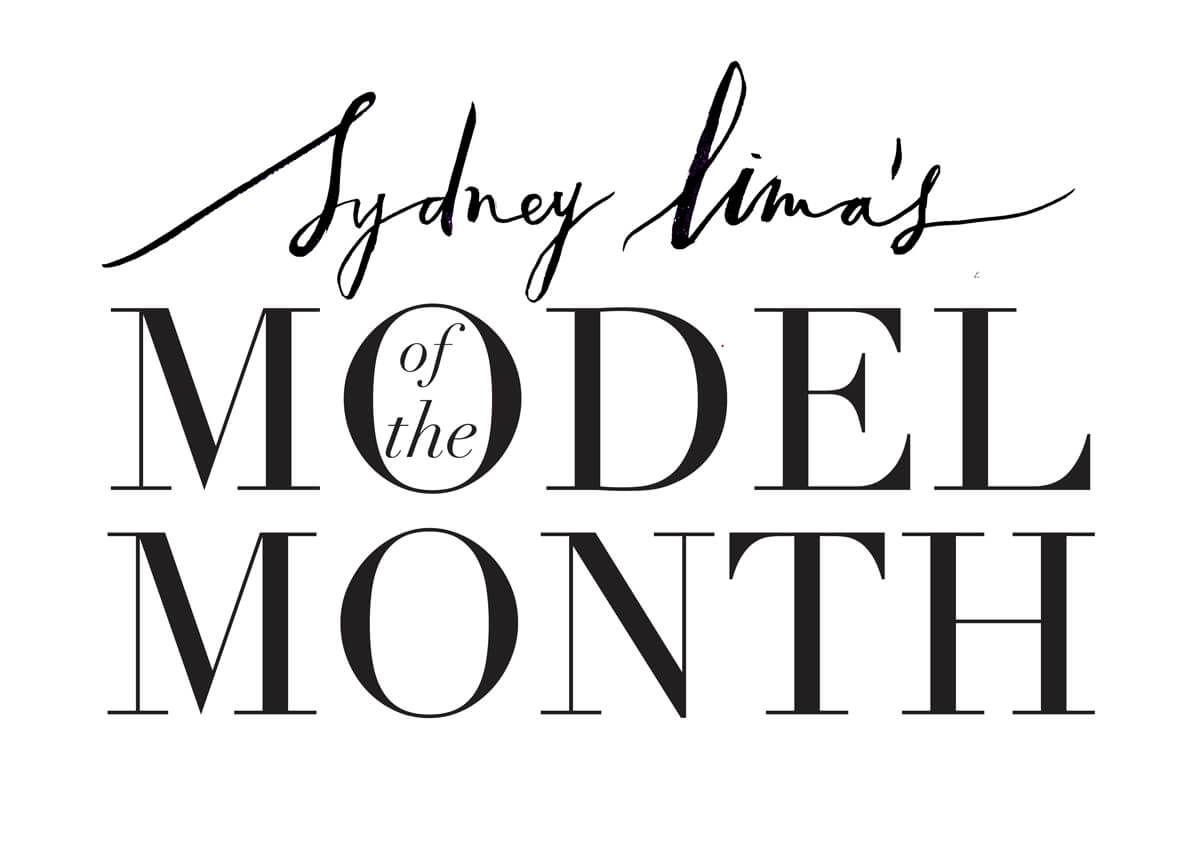
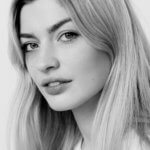
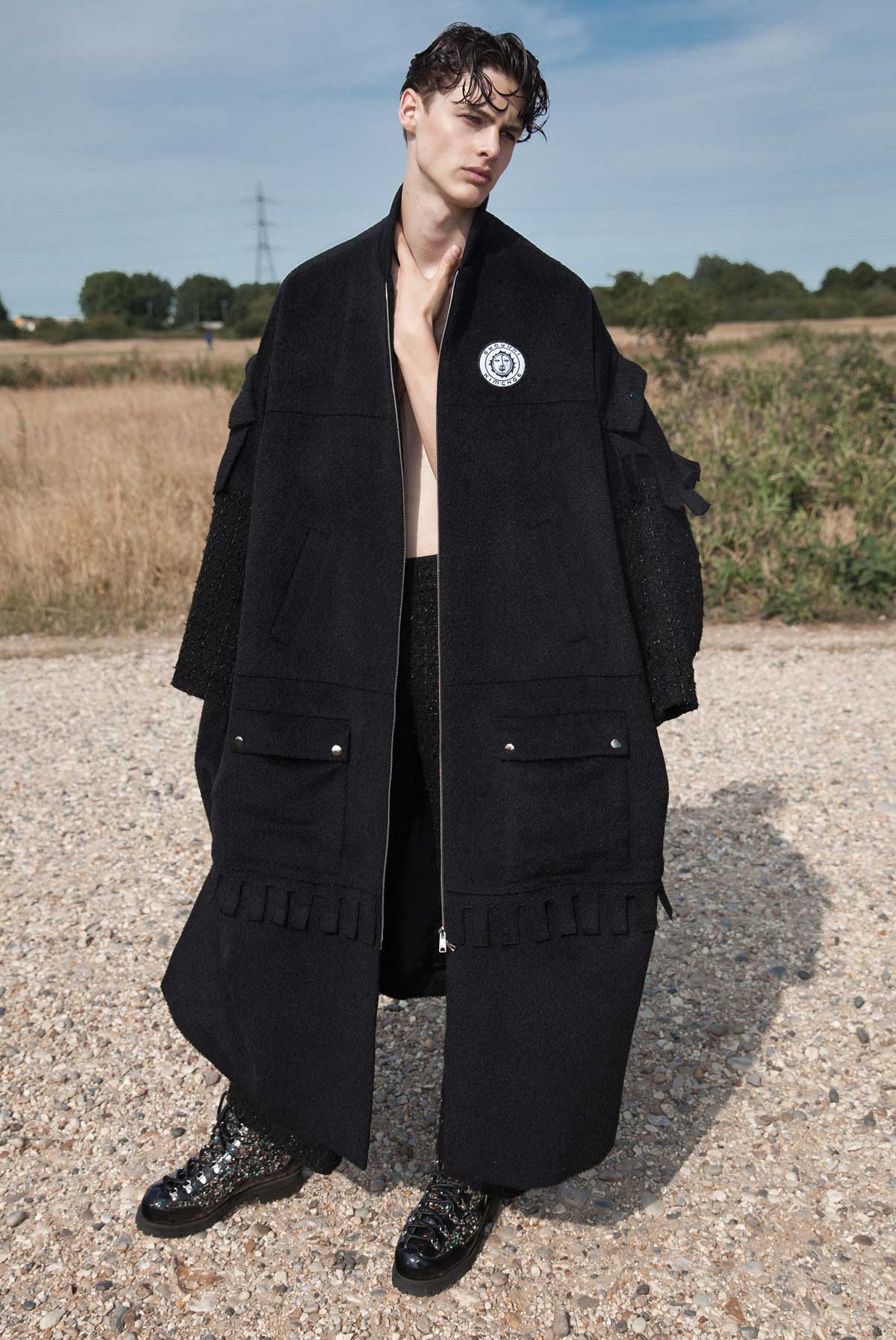
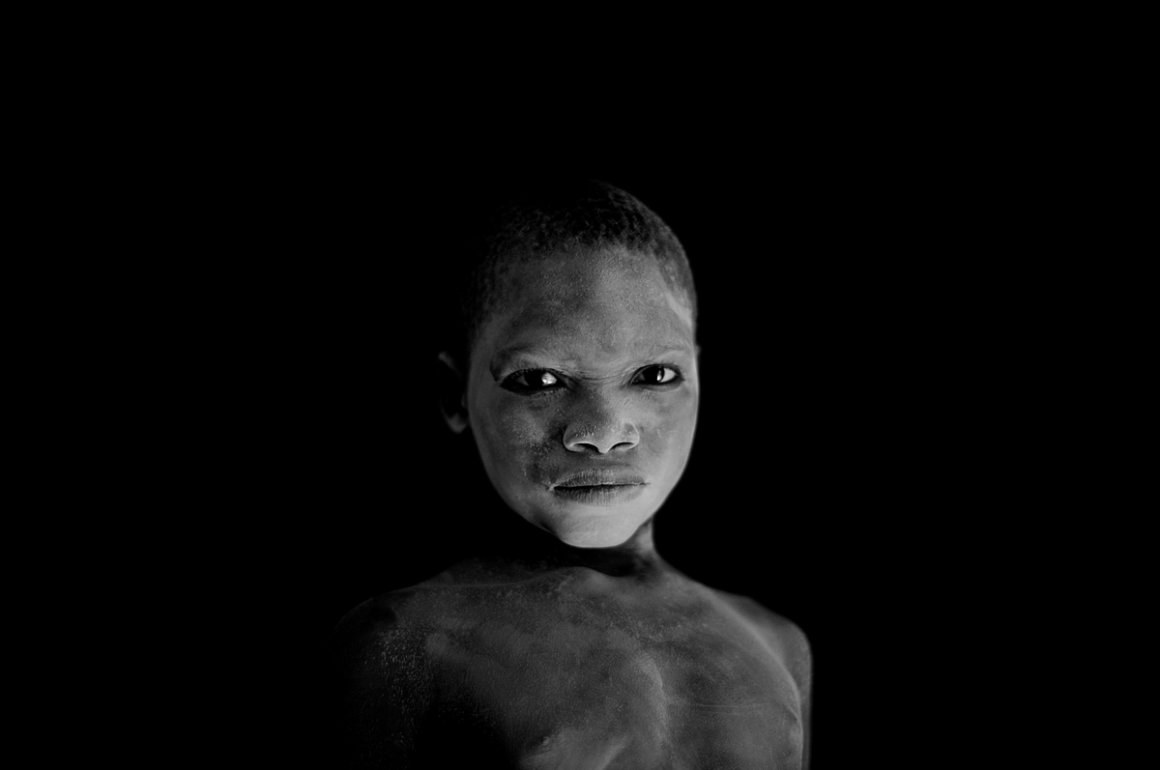
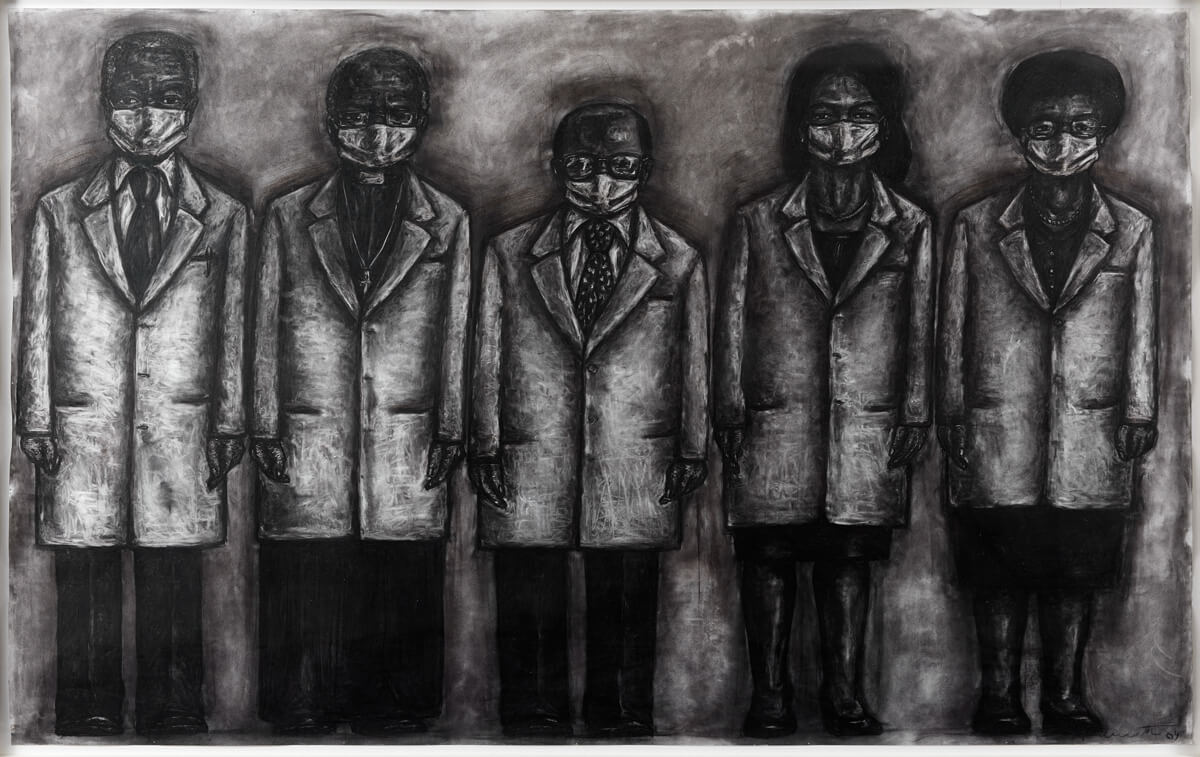
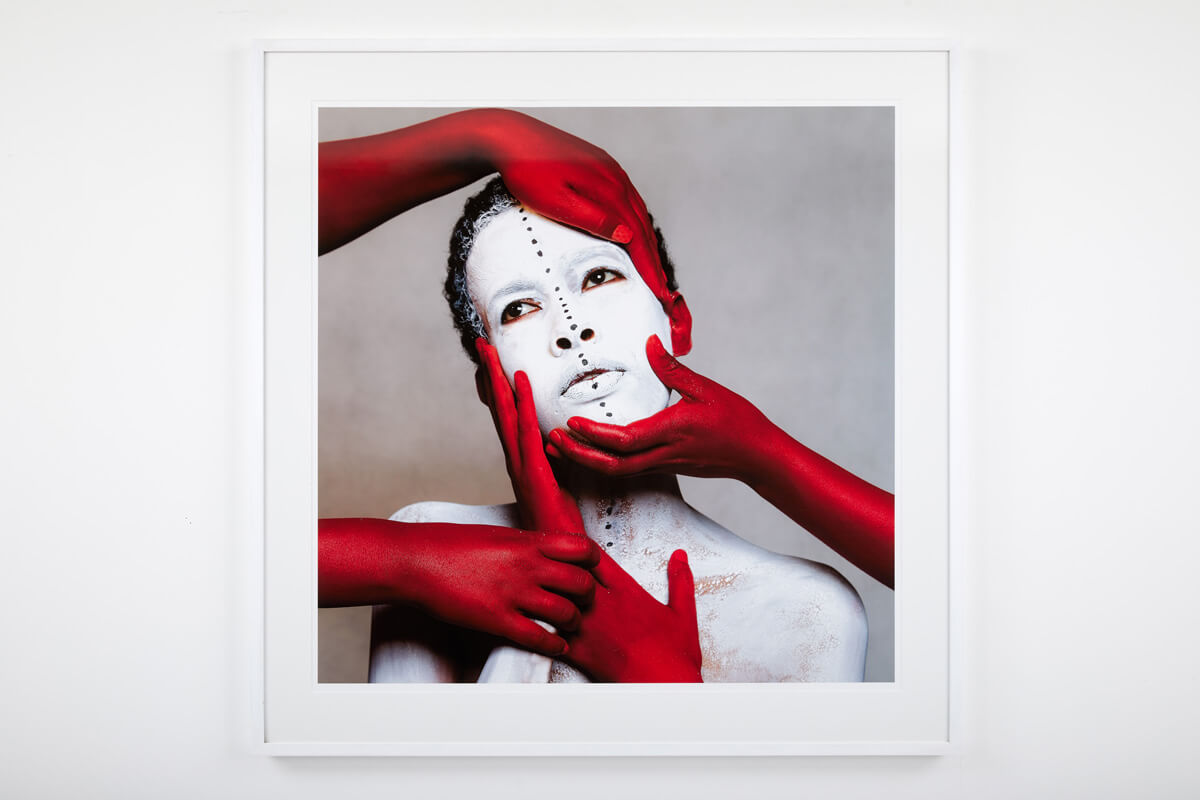
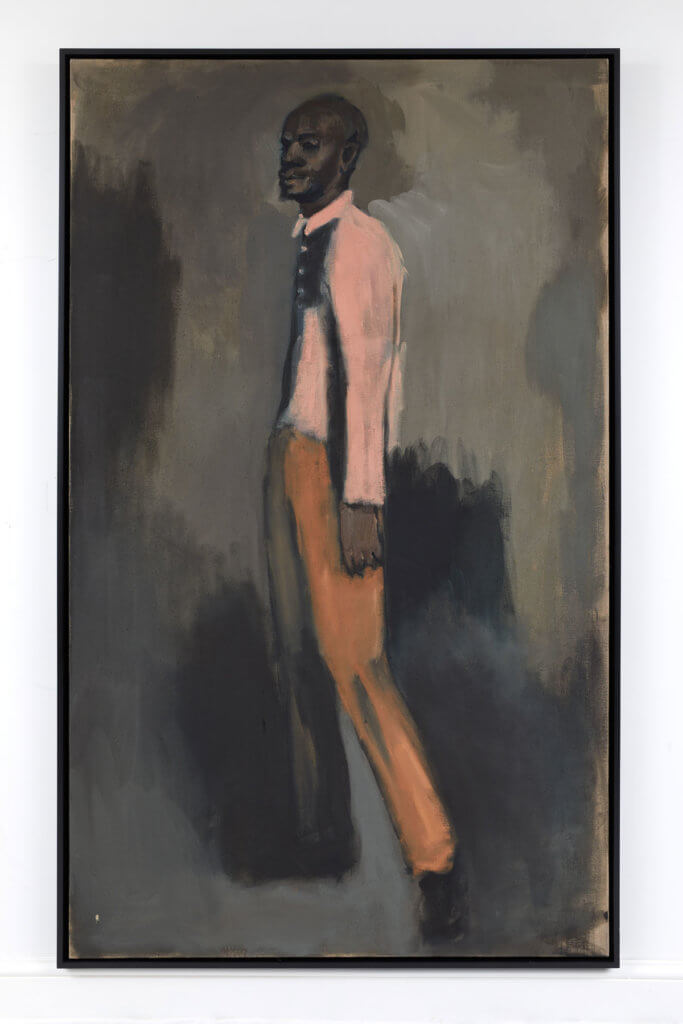
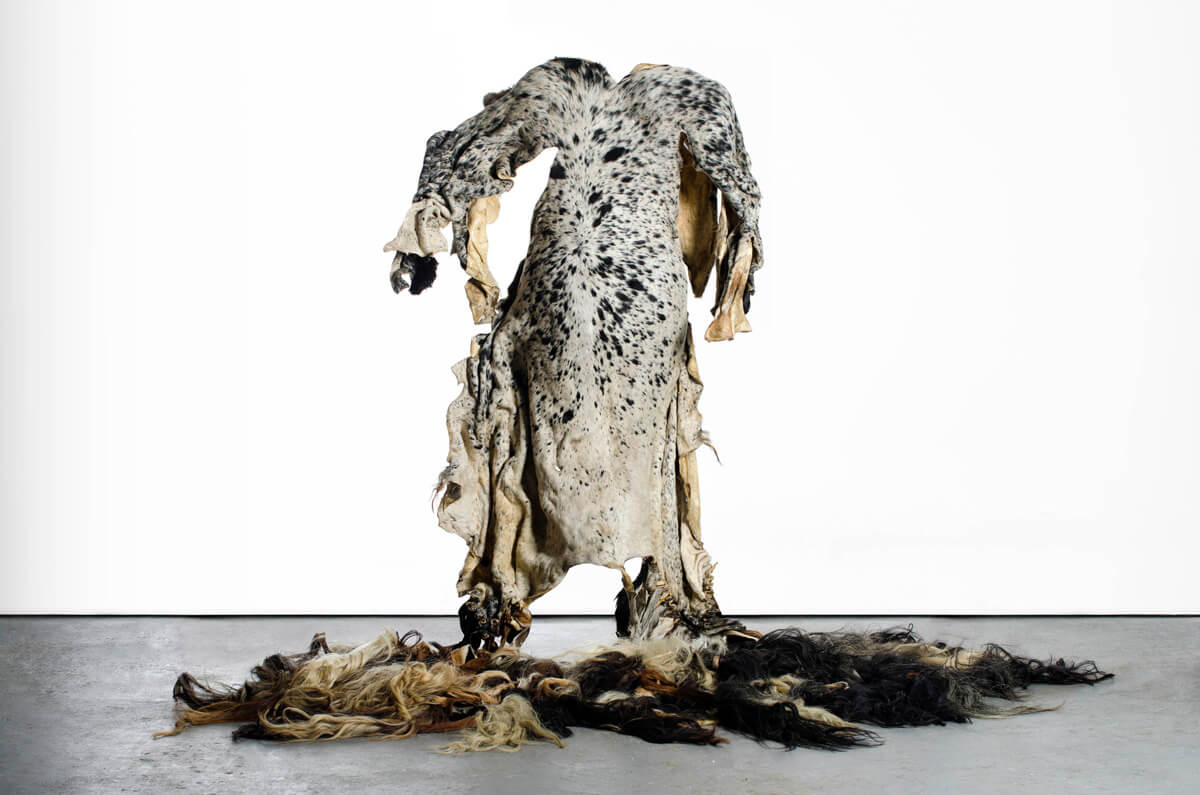
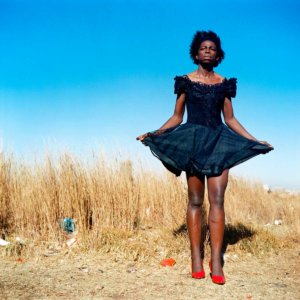
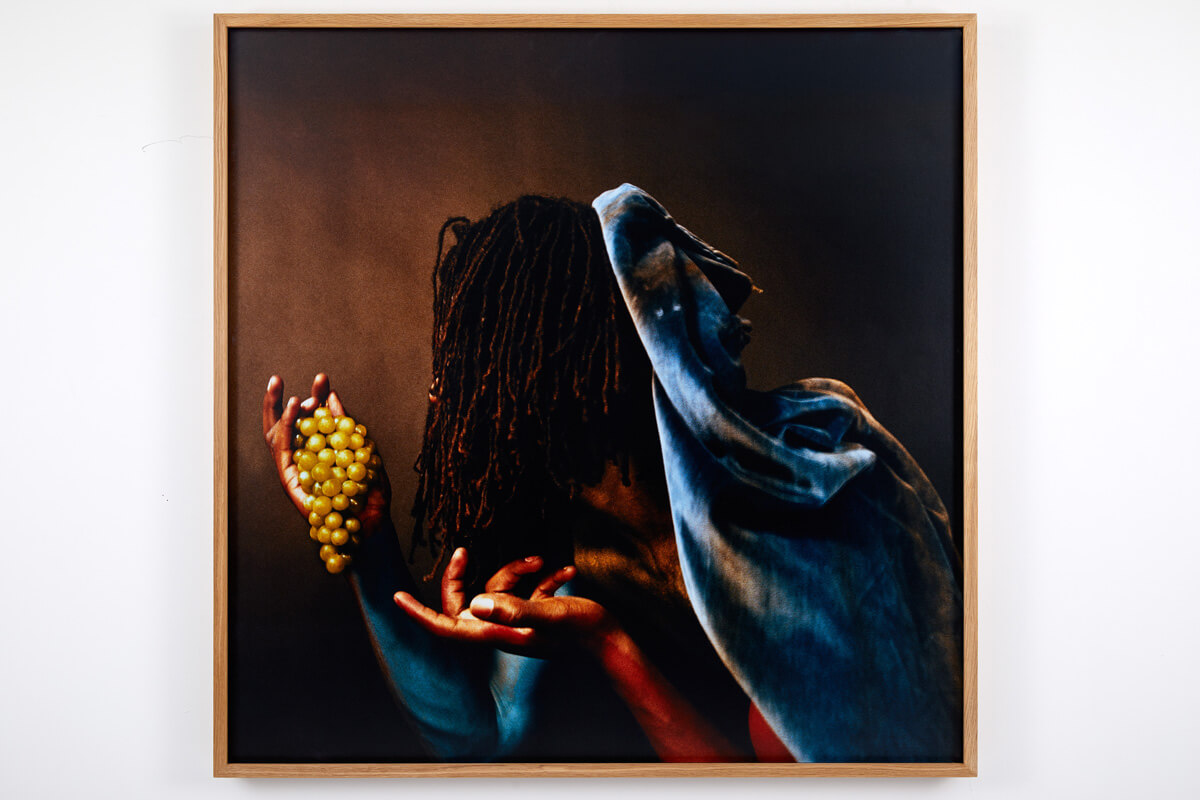
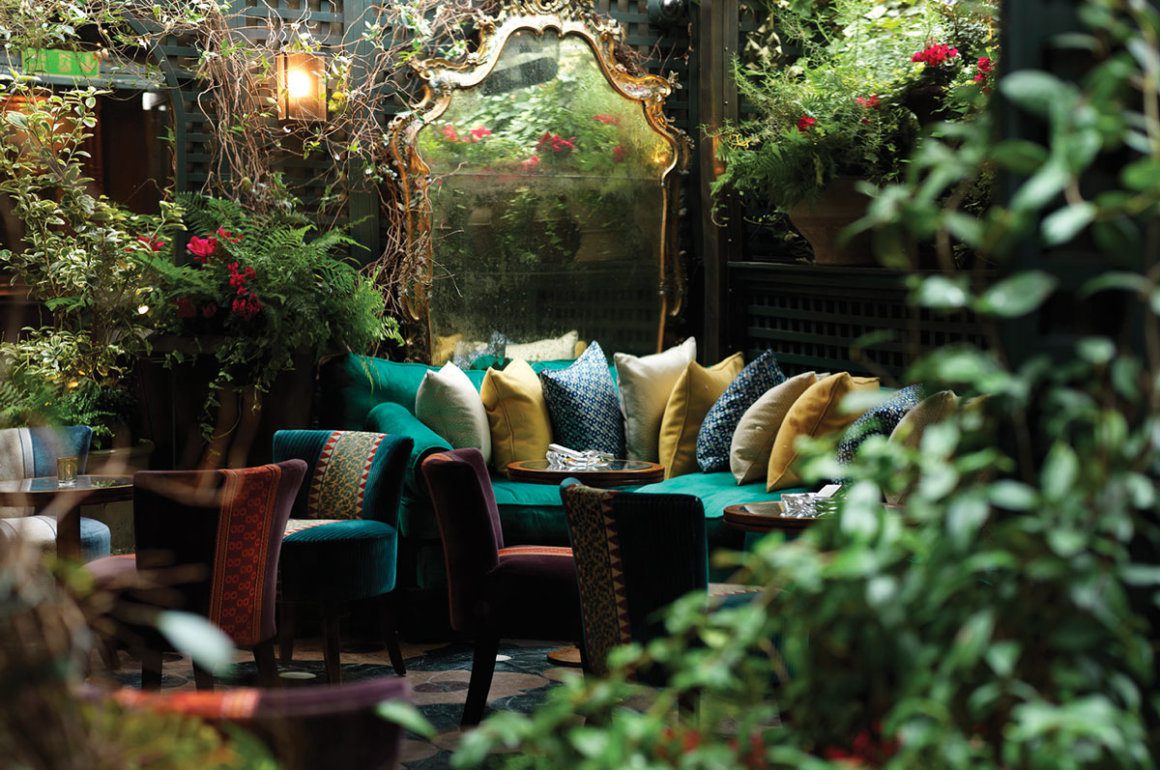

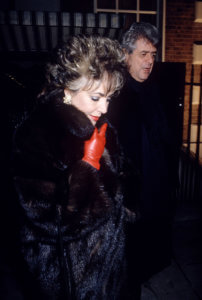
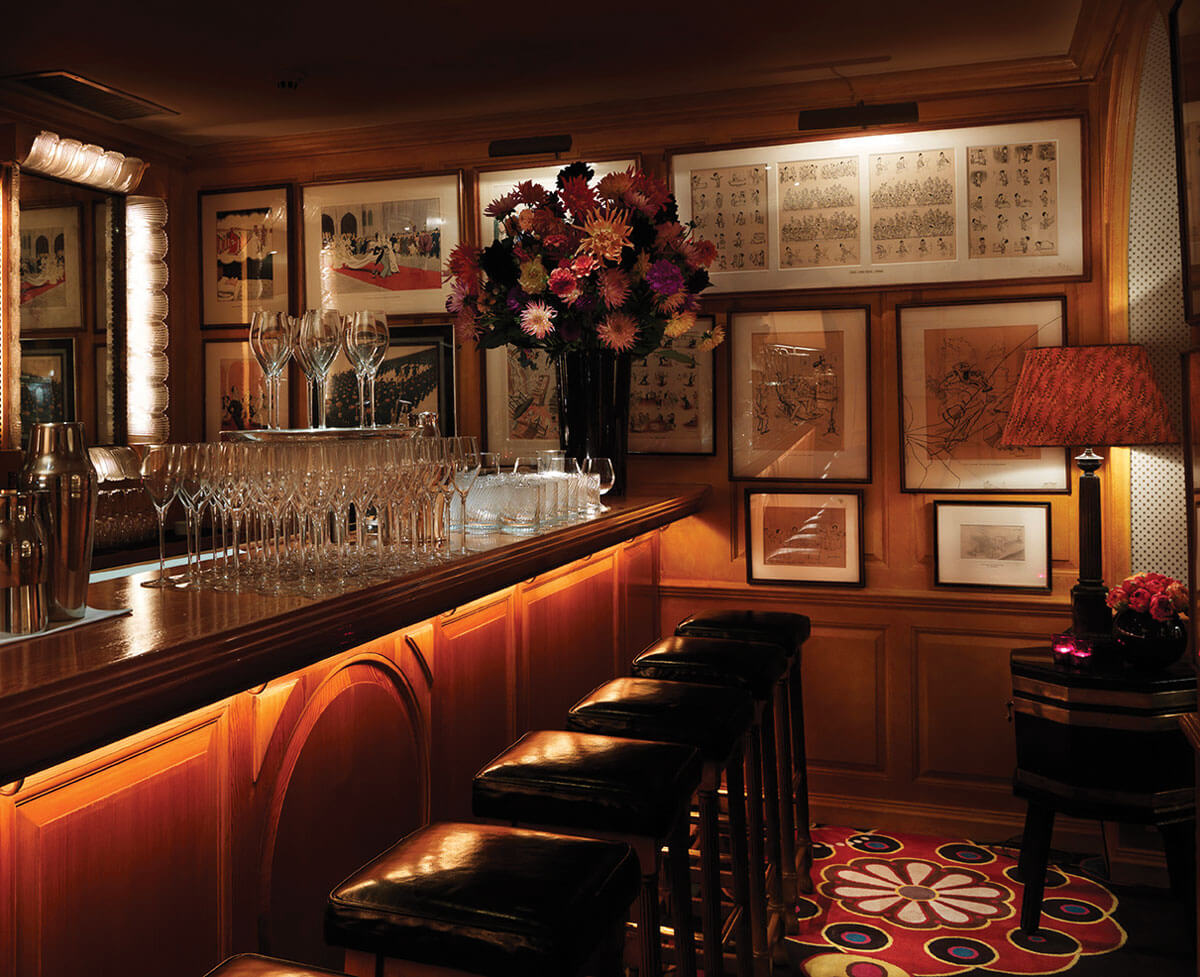
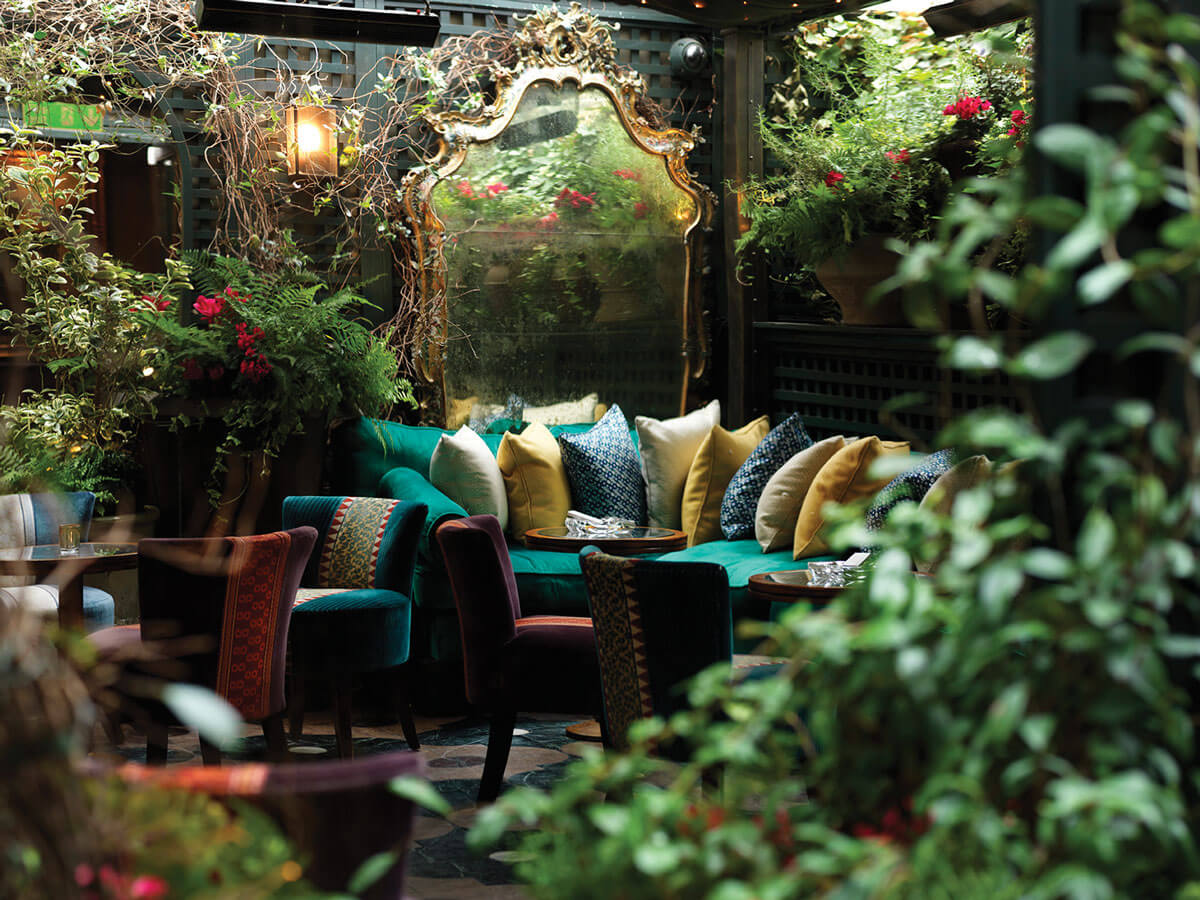
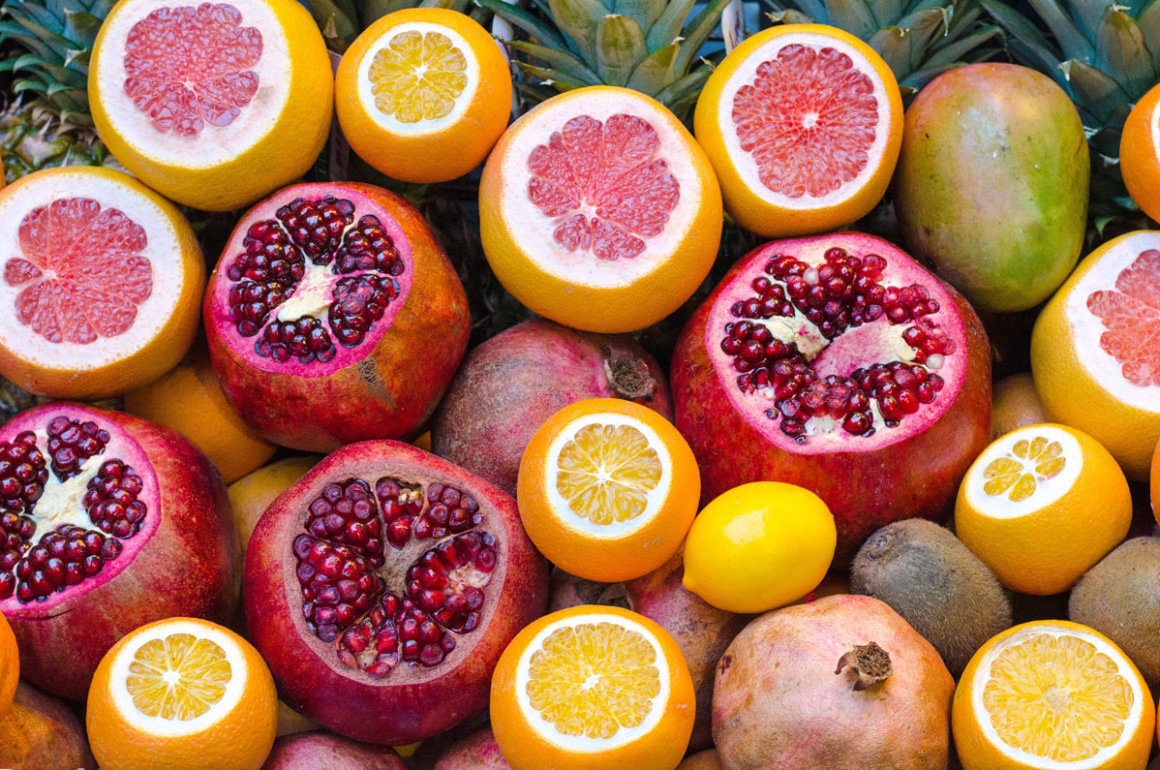
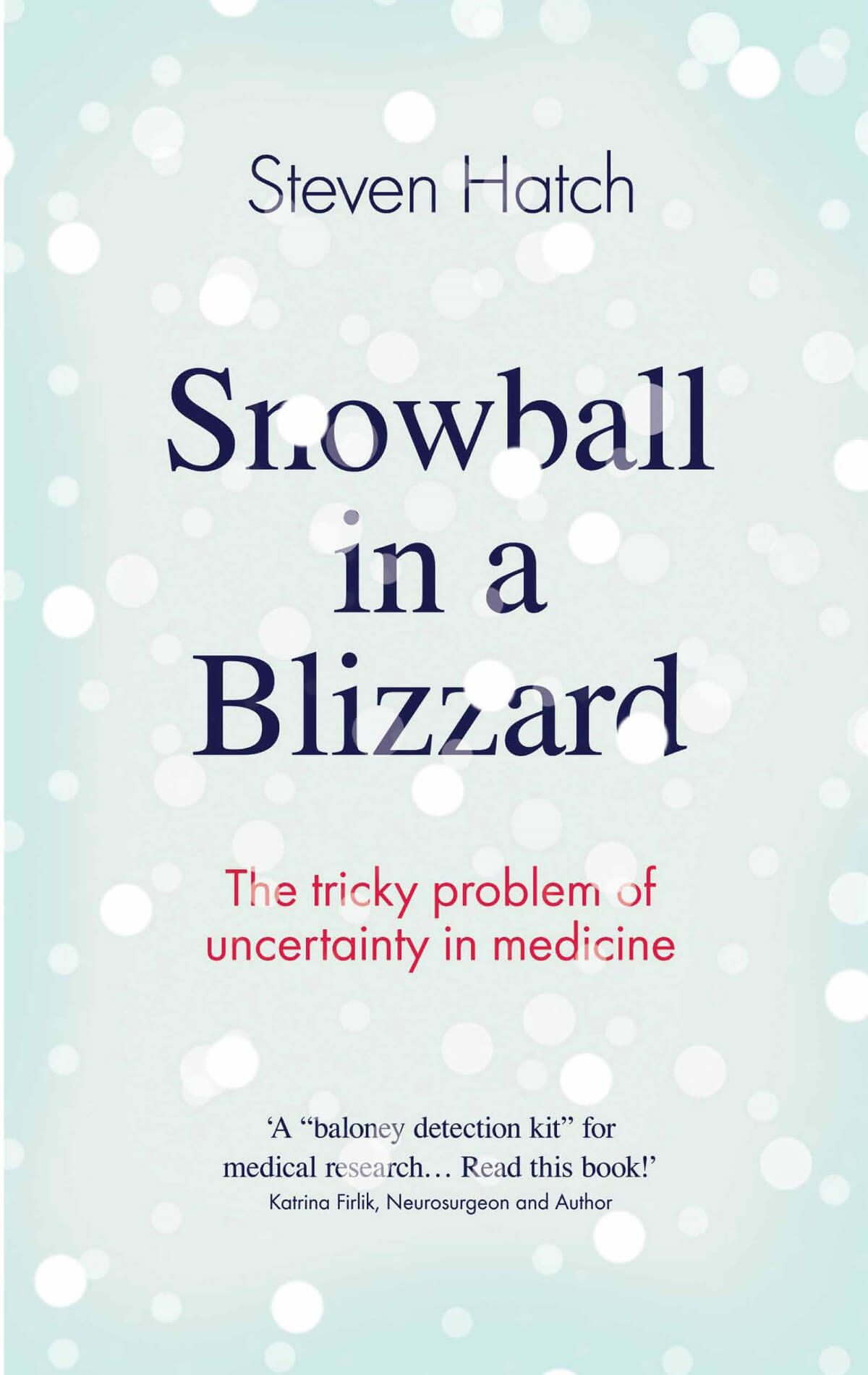
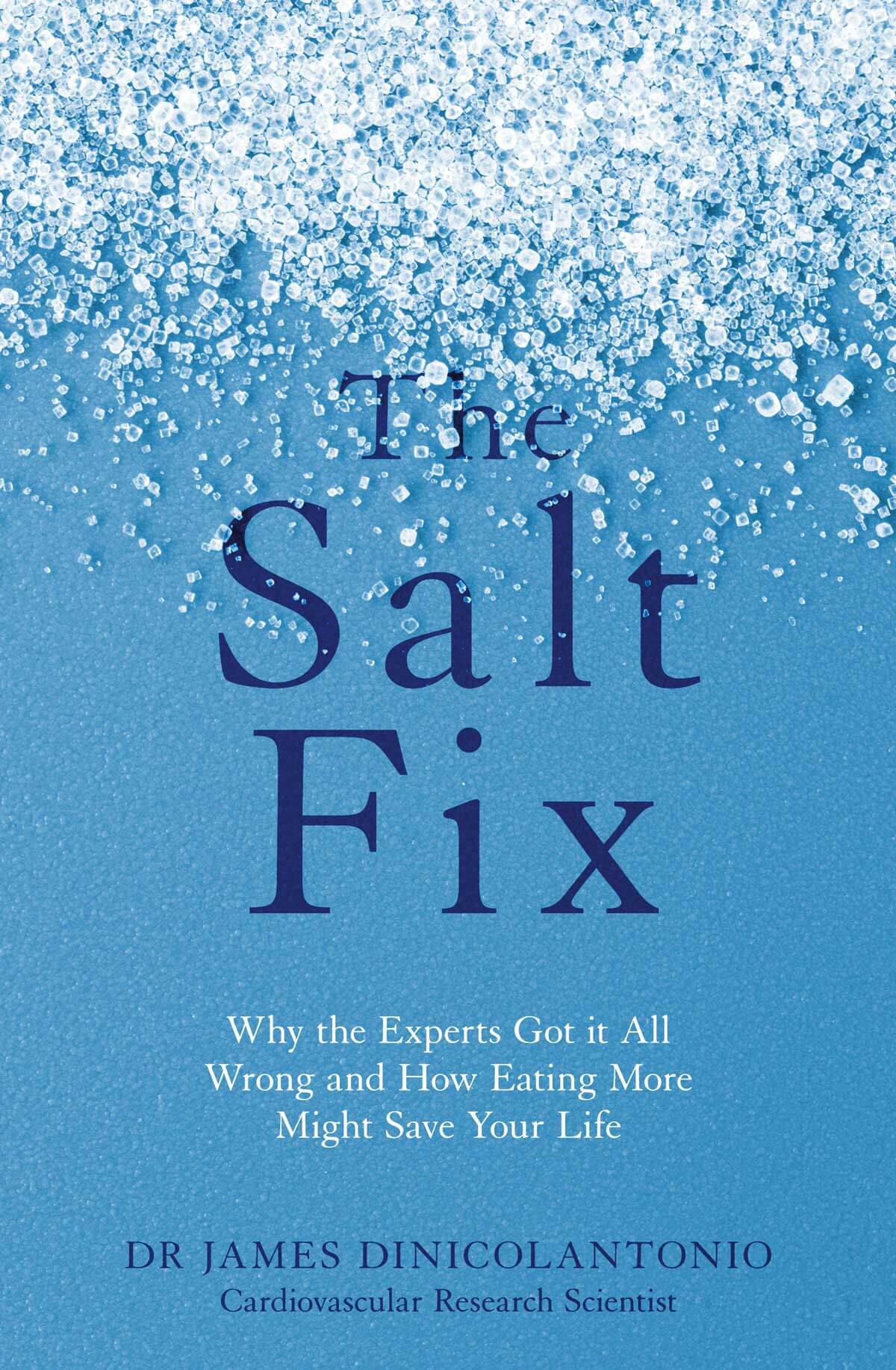
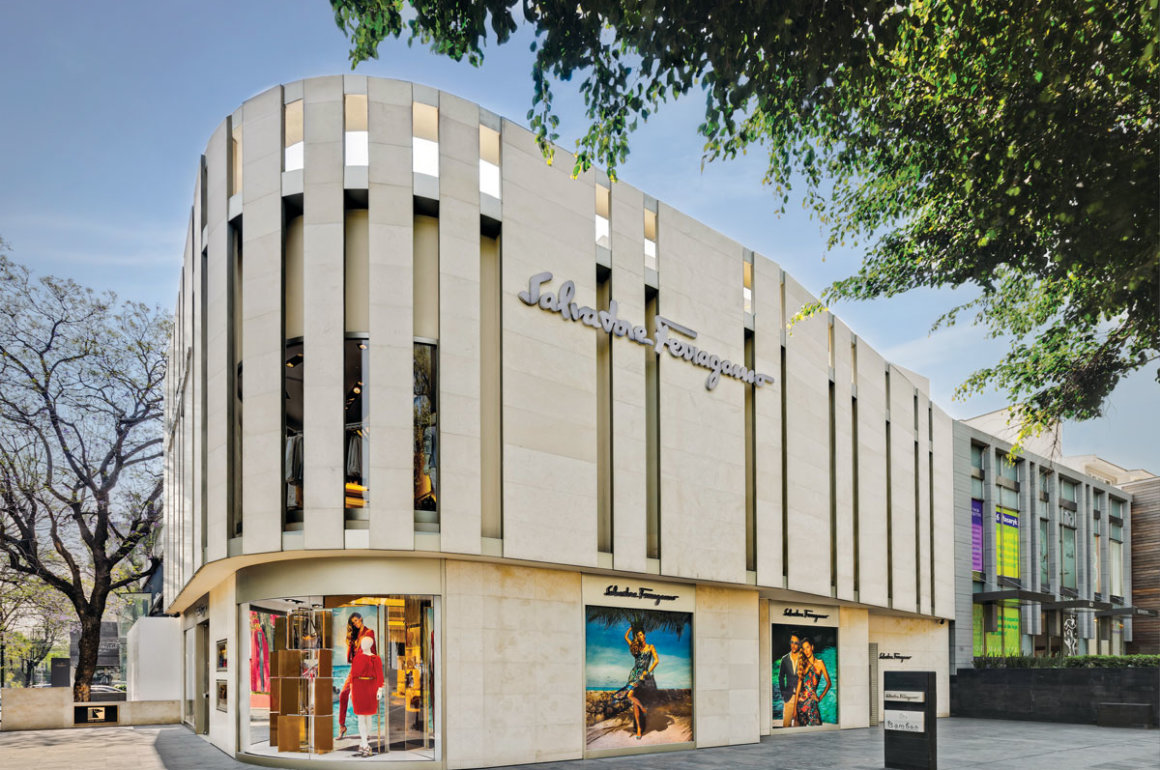




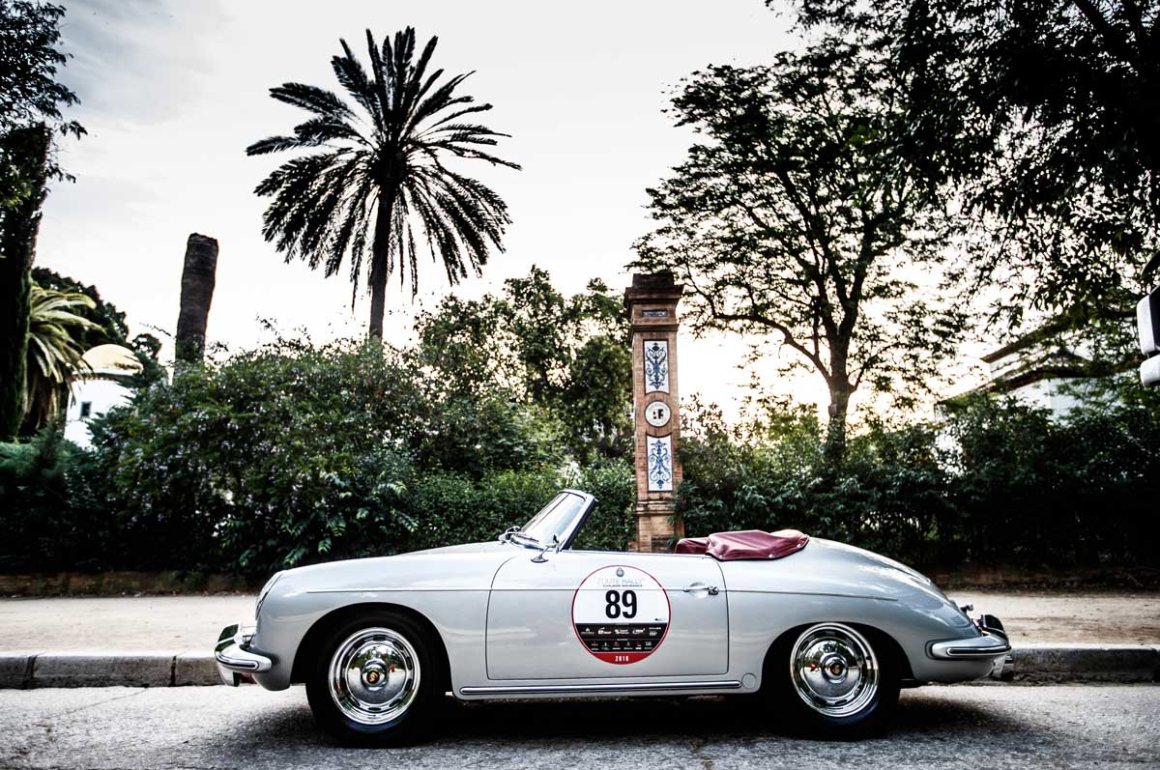
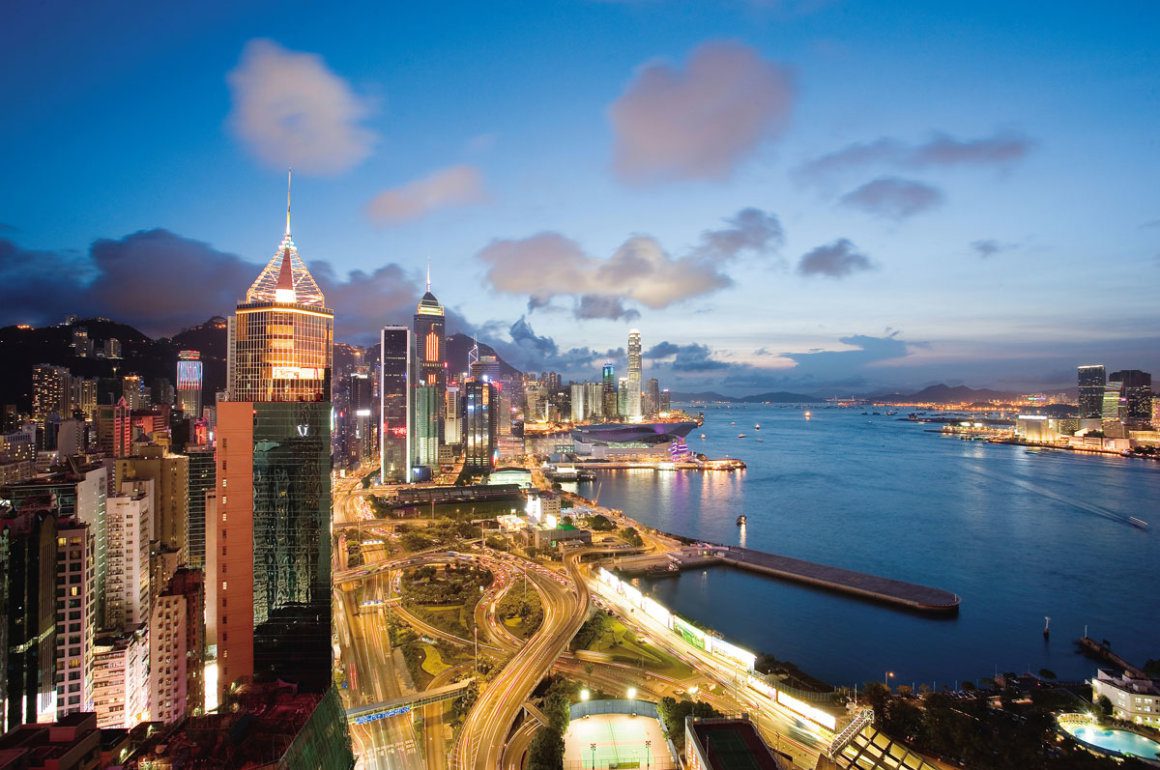








Recent Comments